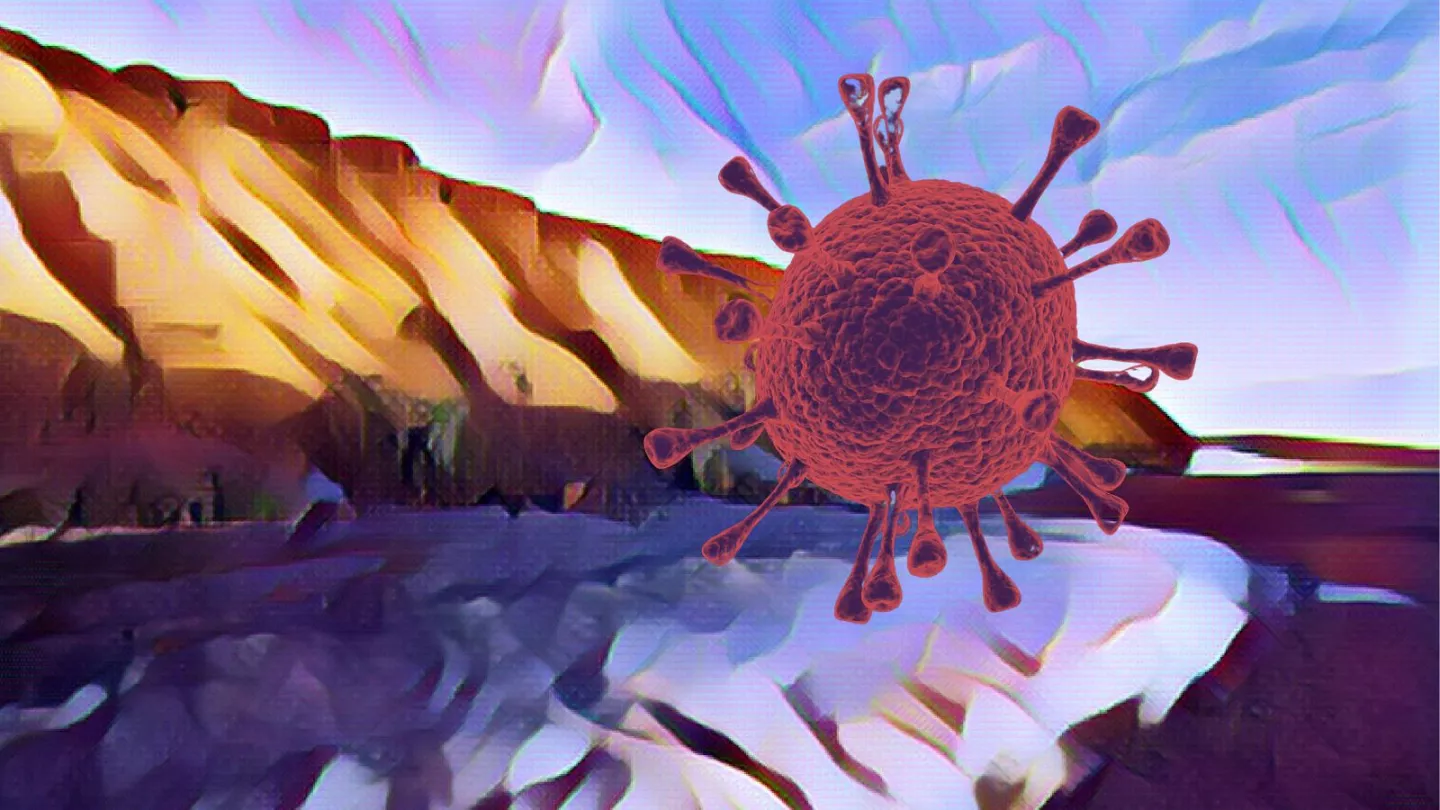The thawing of permafrost due to global warming is causing significant concern among researchers who warn about the rising risk of deadly pathogens. This article explores the discovery of six zombie viruses in various ancient remains, including mammoth wool, Siberian mummies, prehistoric wolves, and even the lungs of an Influenza victim buried in Alaska’s permafrost. Furthermore, it emphasizes the underestimated infectious potential of ancient viral particles and highlights the likelihood of increased risks with the accelerating permafrost thawing caused by global warming.
Understanding the Underestimated Risk
Researchers from institutions in Russia, Germany, and France have come together to shed light on the potential risks associated with ancient viral particles remaining infectious. They assert that the scope of this risk has been largely underestimated. These scientists further argue that the continuous acceleration of permafrost thawing due to global warming is bound to increase the likelihood of releasing diseases that have been trapped in the ice since prehistoric times. The findings of this international team, consisting of experts in genomics, microbiology, and geoscience, were published in the journal Viruses in February last year.
Unveiling Long-Frozen Microbes
The rapidly melting fossil record within the permafrost has allowed researchers to uncover various long-frozen microbes, providing valuable insights into the threats posed by ancient viruses. Below, we explore some of the significant discoveries that have emerged from this extensive research:
- Influenza
In the late 1990s, Swedish pathologist Dr. Johan V. Hultin stumbled upon a cache of 1918 Influenza virus RNA in the lungs of a woman who had succumbed to the virus nearly eight decades earlier. Dr. Hultin’s deliberate search for Influenza samples aimed to support medical researchers in understanding and combatting future pandemics. However, this unexpected discovery shed light on the ease with which deadly viruses can be preserved within the arctic permafrost.
Collaborating with the US Armed Forces Institute of Pathology, Hultin exhumed the body of a large Inuit woman buried in a mass grave of Influenza victims near a remote village outside Brevig Mission, Alaska. Remarkably, due to the permafrost’s preserving properties, the researchers managed to sequence the entire genome of the 1918 Influenza strain from the well-preserved RNA. This breakthrough served as a victory for medical researchers but also a chilling reminder of the potential array of diseases frozen in time beneath the ice.
Conclusion
The thawing of permafrost caused by global warming poses a significant risk in terms of releasing ancient viruses and deadly pathogens. The recent discoveries of zombie viruses in various well-preserved remains highlight the urgency of addressing this issue. Researchers have emphasized the underestimation of infectious potential and stressed the need to anticipate and prepare for the increasing risks associated with permafrost thawing. As we delve further into the permafrost’s melting fossil record, it becomes increasingly evident that our understanding of ancient viruses and their potential threats is evolving. Vigilance and proactive measures are essential to safeguarding public health in the face of this emerging challenge.
Free Speech and Alternative Media are under attack by the Deep State. Real News Cast needs reader support to survive. Please Contribute via GoGetFunding



